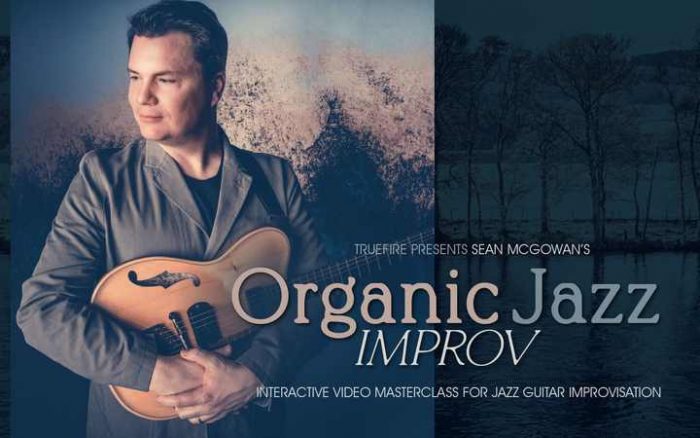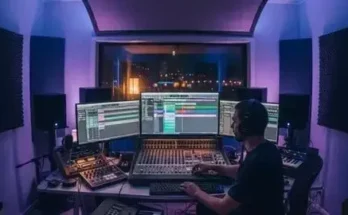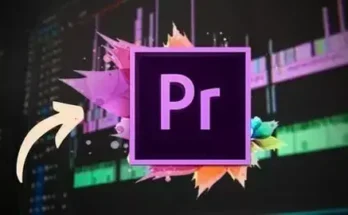P2P | 01 October 2020 | 6.06 GB
Interactive Video Masterclass for Jazz Guitar Improvisation
A common complaint among both beginning and intermediate jazz guitarists is that their solos have the tendency to sound more like scale and arpeggio exercises, and less like the compelling musical ideas in the tradition of the great jazz masters.
Sean McGowan’s Organic Jazz Improv presents a range of creative, organic, and effective ways to overcome this very common challenge by focusing less on scales and arpeggios and shifting your attention to chord tones, chromatic embellishment, rhythmic phrasing, and motivic development.
”Organic Jazz Improv is devoted to learning and understanding the fretboard in an organic way, and also to enhance your improvised solos with rhythmic, chromatic, and substitution strategies. To play over complex chord progressions found commonly in jazz styles, we need to be able to access any note and chord – anywhere on the neck. We don’t ever want the continuity of our solo line or ideas to be interrupted because we get lost on the fretboard, or aren’t sure which notes will work over any given chord.
Quite often, students of jazz spend a lot of time thinking about which scales or modes will work over chords typically found in a standard progression. While this is a worthwhile study – and certainly a valid approach to soloing when done in a musical way – players will spend an enormous amount of time learning and practicing scales, only to complain that their improvised solos sound like they’re “running scales” up and down the neck.
Another common complaint is that guitarists don’t really know what notes they’re playing – they’re just kind of stuck in a particular fingering pattern, ascending and descending, without making a lot of musical sense. In this course, we’re going to take a deep dive into some concepts that will open up the entire fretboard, and fully address playing over chord changes without ever defaulting to scales or modes.
All approaches to improvisation are valid and worthy; it’s all about diversifying and expanding your solo palette. My hope with this course is to guide your discovery of a whole bunch of new ideas with regard to rhythmic phrasing, vertical and chromatic approaches to soloing, and new substitution ideas to color your playing.“
In the first section, Sean unravels the inherent complexities of the fretboard. He’ll do this by organizing the fretboard into 5 distinct neighborhoods, each one consisting of familiar chord shapes and fingering patterns.
Includes
•40 Video Lessons
•23 Charts (.pdf)
•12 Jam Tracks (.mp3)
•23 Tabs (.gp5 or .ptb)
•Runtime: 03:31:47
[toggle title=”Home page”]https://tinyurl.com/y56xzpoq[/toggle]

http://alfalink.to/c7932d5b2e436099b46a
Please REPORT in Comment Broken Links




